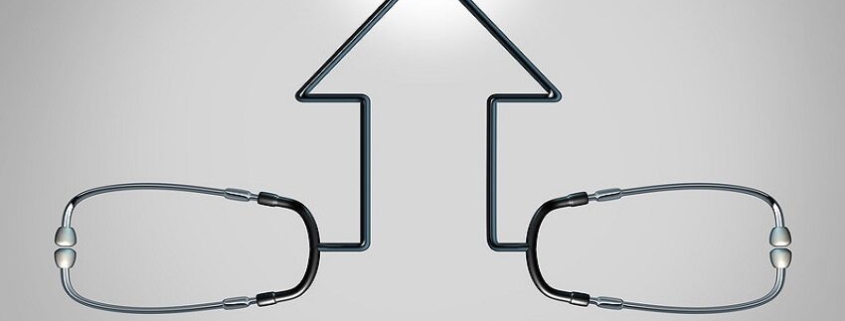Report: MOB Sector Boosted By Demand And Capital
The medical office sector was firing on all cylinders before the arrival of COVID-19, and it appears to be well-positioned for a robust rebound post-pandemic, according to a special report by Marcus & Millichap.
In the third quarter forecast titled Beyond the Health Crisis: National Medical Office Outlook, the company notes that the adaptation of patient care and the ongoing rise in health-care needs will buoy demand for medical office buildings despite the disruption brought on by the coronavirus.
“The medical office sector is being tested as operators navigate new challenges created by COVID-19. Medical office was once perceived to be a more resilient asset class during a downturn, but the unique uphill battle faced by health-care providers due to the pandemic has choked revenue streams and considerably shrunk margins,” according to the Marcus & Millichap report.
The national vacancy rate rose to 8.9 percent, marking an increase of 40 basis points from the second quarter of 2019. Project abandonment and delays caused construction activity to drop 1 million square feet year-over-year. Additional projects will be postponed or canceled in the upcoming months; however, this will help stave off any threats of overdevelopment in the sector.
Other fundamentals, such as rental rate trends, serve as indicators of strong performance ahead. Most REITs reported a solid level of rent collections even though many tenants pursued deferrals and rent relief. Additionally, rent growth continued its pre-pandemic upswing, climbing to an average of $25.22 per square foot.
A New Age In Health Care
Well in advance of the appearance of the coronavirus, the U.S. health-care industry had begun to decentralize, providing more medical care in outpatient facilities instead of hospitals.
“Excluding some major surgeries, off-campus properties now offer the highest quality of care and complex procedures, driven by the need to provide equal levels of service across a metro,” according to the Marcus & Millichap report. “New hospital and expansion projects continue to target suburban areas as a demographic shift has caught the attention of health systems, placing more modern facilities and specialized care closer to patients’ homes. As these medical districts expand, the need for nearby outpatient clinics and supportive services generates demand for medical office space.”
Telehealth, via phone or online video, increased dramatically as a result of social distancing, and while experts expect the use of virtual care options to continue to rise in the post-pandemic environment, they do not expect it to result in a reduction in the need for medical office buildings. According to the report, the need for certain in-person visits will remain, as will the need for labs and imaging, all of which will translate into continued demand for medical office accommodations.
Finally, the coronavirus has not changed the fact that the considerable Baby Boomer population continues to age, and it’s doing so in an era when medical technology and advancements are supporting longer lifespans. As Marcus & Millichap notes in the report, the population of citizens aged 65 and older will expand by 30 percent over the next 10 years.
And with age comes more visits to the physician’s office. Individuals in the 55-64 age range make an average of 4 physician visits annually, but the number of yearly visits rises to 5.9 for those in the 65-74 age range and jumps to 7.6 for those 75 and older.
“Despite the short-term costs, the health-care industry will be one of the quickest to bounce back from the pandemic since the care needs of a growing and aging population continue to increase,” Marcus & Millichap asserts in the report. “Medical services are returning as states move through reopening phases, and pent-up demand from postponed procedures and office visits provide a positive outlook.”
Read the full report on Marcus & Millichap’s website.
Source: Commercial Property Executive



